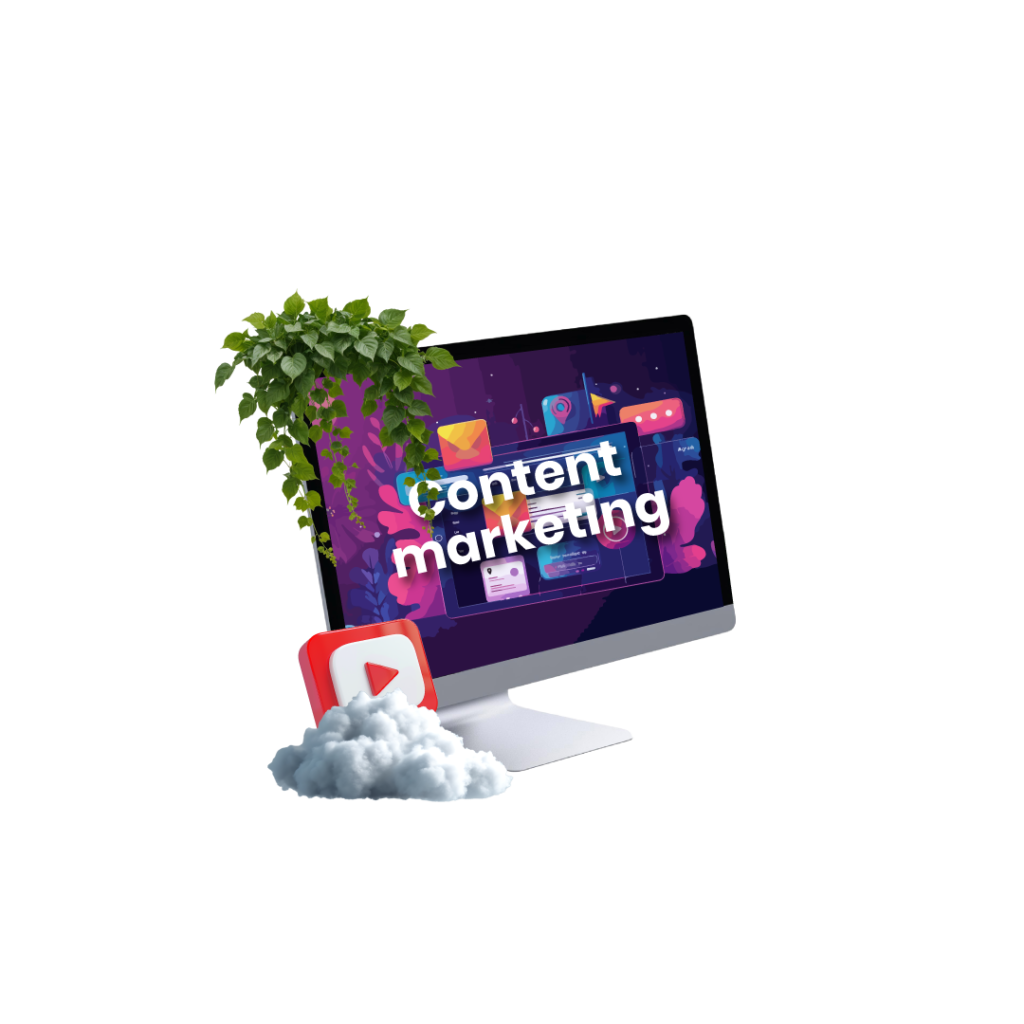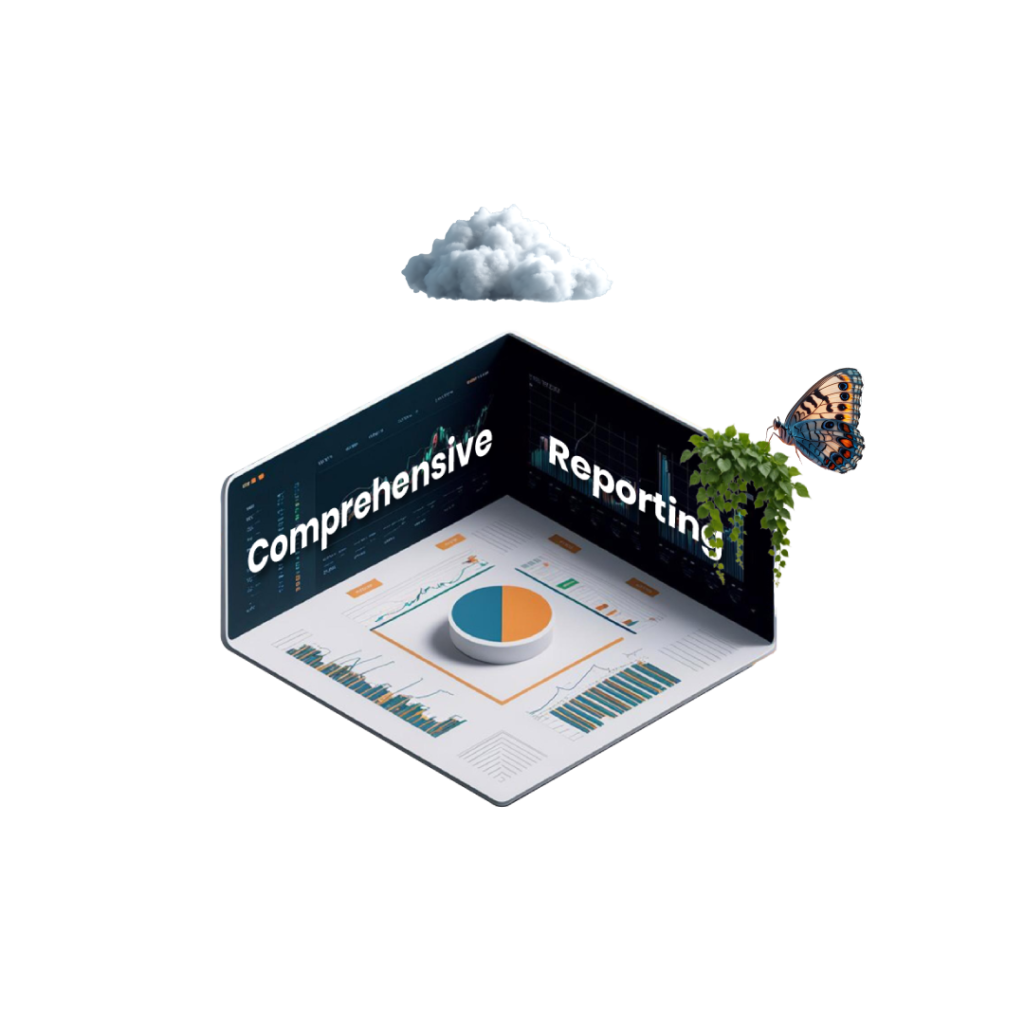Digital advertising has become a go-to tool for businesses looking to reach their target audience. From Google Ads to Facebook Ads, the opportunities are endless. However, maximizing ROI (Return on Investment) requires more than just running ads; it involves precision, targeting, and continuous optimization.
Key Points:
- Understanding the Digital Advertising Landscape:
- Overview of major platforms: Google Ads, Facebook Ads, Instagram Ads, LinkedIn Ads, etc.
- Differences between search ads, display ads, social media ads, and video ads.
- Importance of choosing the right platform based on your target audience and industry.
- Targeting the Right Audience:
- Use of demographic, geographic, and behavioral data to fine-tune targeting.
- Importance of creating buyer personas to guide your targeting.
- Retargeting strategies to re-engage users who have previously interacted with your brand.
- Crafting Effective Ad Copy and Creatives:
- Tips for writing compelling ad copy that grabs attention and drives action.
- Use of A/B testing to optimize headlines, descriptions, and CTA buttons.
- Importance of visuals and creative assets in capturing user interest.
- Optimizing Campaigns for Better ROI:
- Continuously tracking key metrics like CPC (Cost Per Click), CTR (Click-Through Rate), and Conversion Rate.
- Adjusting bids, keywords, and audience targeting based on performance data.
- Using split tests to find the best-performing variations.
- Measuring Success:
- Tracking conversions using tools like Google Analytics.
- Importance of attribution models to determine what’s driving conversions.
- Continuous optimization for long-term performance.
Conclusion:
Digital advertising can yield significant ROI when done right. By leveraging targeted strategies, optimizing ad campaigns, and continuously refining your approach, businesses can generate high-quality leads, increase conversions, and maximize their returns.


